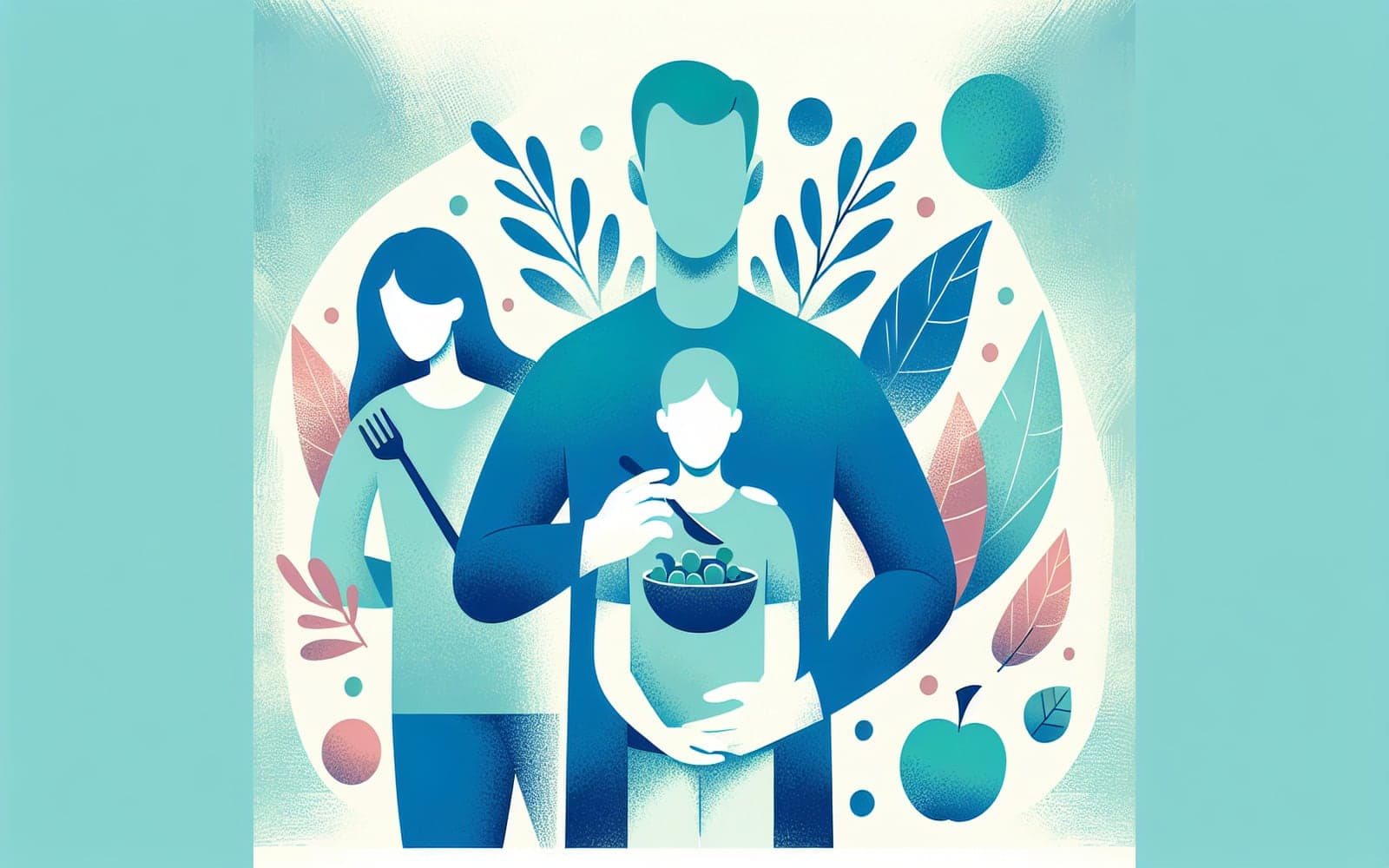Can Your Diet Help Heal a Separated Shoulder?
Published: Feb 03, 2024
Discover how a balanced diet can support recovery from acromioclavicular joint injuries and why nutrition matters for healing.
Contents
Nutritional Needs for Healing
When recovering from an AC joint injury, it's important to fuel your body with the right nutrients. Proteins play a crucial role in repairing damaged tissues, so including lean meats, fish, and plant-based proteins is beneficial. Omega-3 fatty acids found in fish can help reduce inflammation, while vitamins like D and C support bone health and collagen production.
Foods to Avoid
Certain foods can hinder your recovery process by increasing inflammation. It's best to limit processed foods and sugars, which can exacerbate swelling and discomfort in your shoulder. Instead, focus on whole foods like fruits, vegetables, and grains that are rich in antioxidants to combat inflammation.

Hydration and Recovery
Staying hydrated is essential for all bodily functions, including the healing process. Water helps transport nutrients to cells and removes waste from the body. Aim to drink at least eight glasses of water a day, and consider sports drinks or coconut water to replenish electrolytes if you're engaging in light exercises.
Frequently Asked Questions
Lean proteins, omega-3-rich fish, and vitamin C-rich fruits help.
Avoid processed foods and sugars to reduce inflammation.
Aim for eight glasses of water daily to stay hydrated.
Supplements like vitamin D and fish oil can support healing.
Key Takeaways
Feeding your body the right nutrients can significantly aid in the recovery from a separated shoulder.
References
- Renfree KJ, Wright TW. Anatomy and biomechanics of the acromioclavicular and sternoclavicular joints. Clin Sports Med 2003; 22:219.
- Lemos MJ. The evaluation and treatment of the injured acromioclavicular joint in athletes. Am J Sports Med 1998; 26:137.
This article has been reviewed for accuracy by one of the licensed medical doctors working for Doctronic. Always discuss health information with your healthcare provider.
AI Doctor Visit Required
Appointments available 24/7
15-min consultation. No hidden costs.
AI Doctor Visit Required
For safety reasons we have been forced to end this consultation.
If you believe this is a medical emergency please call 911 or your local emergency services immediately.
If you are experiencing emotional distress, please call the the Suicide & Crisis Lifeline at 988 or your local crisis services immediately.
Contact us
You can also email us at help@doctronic.ai
We aim to reply within 5-7 days
How likely are you to recommend Doctronic to friends or family?


